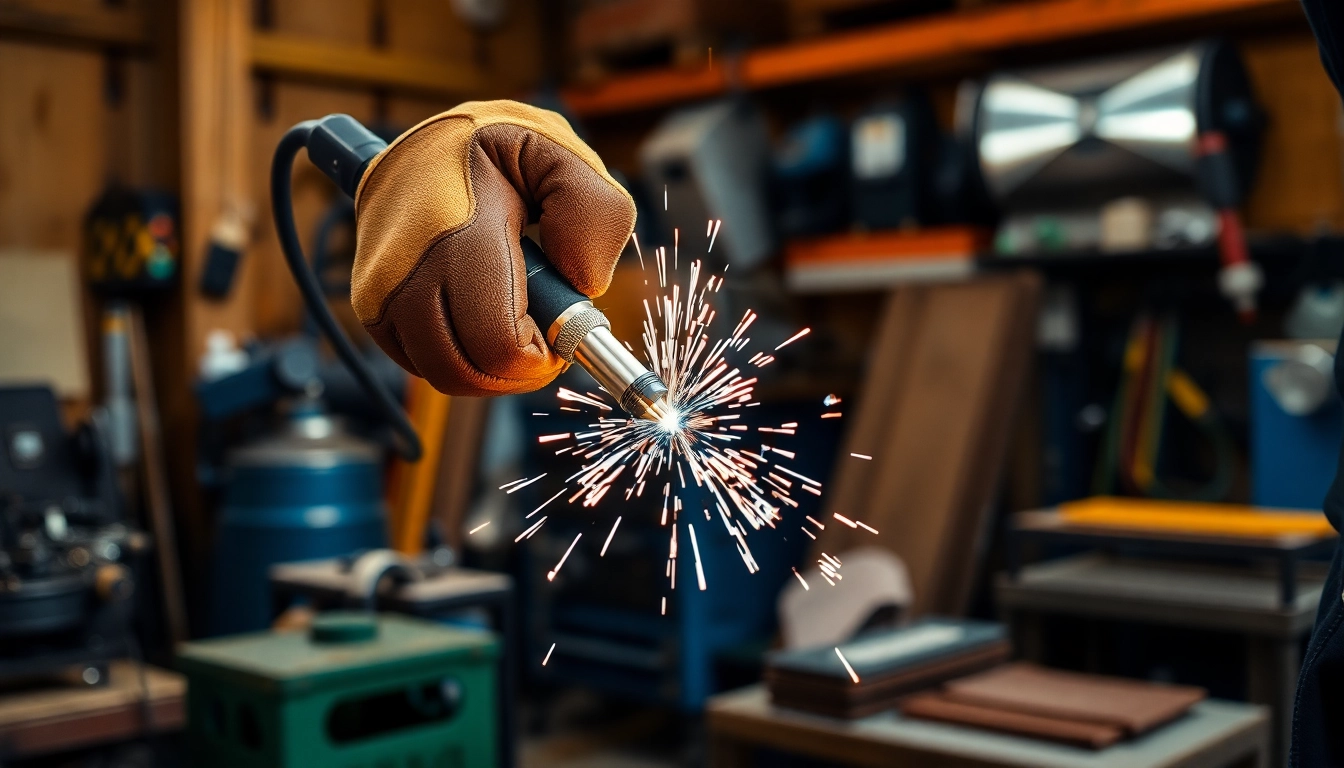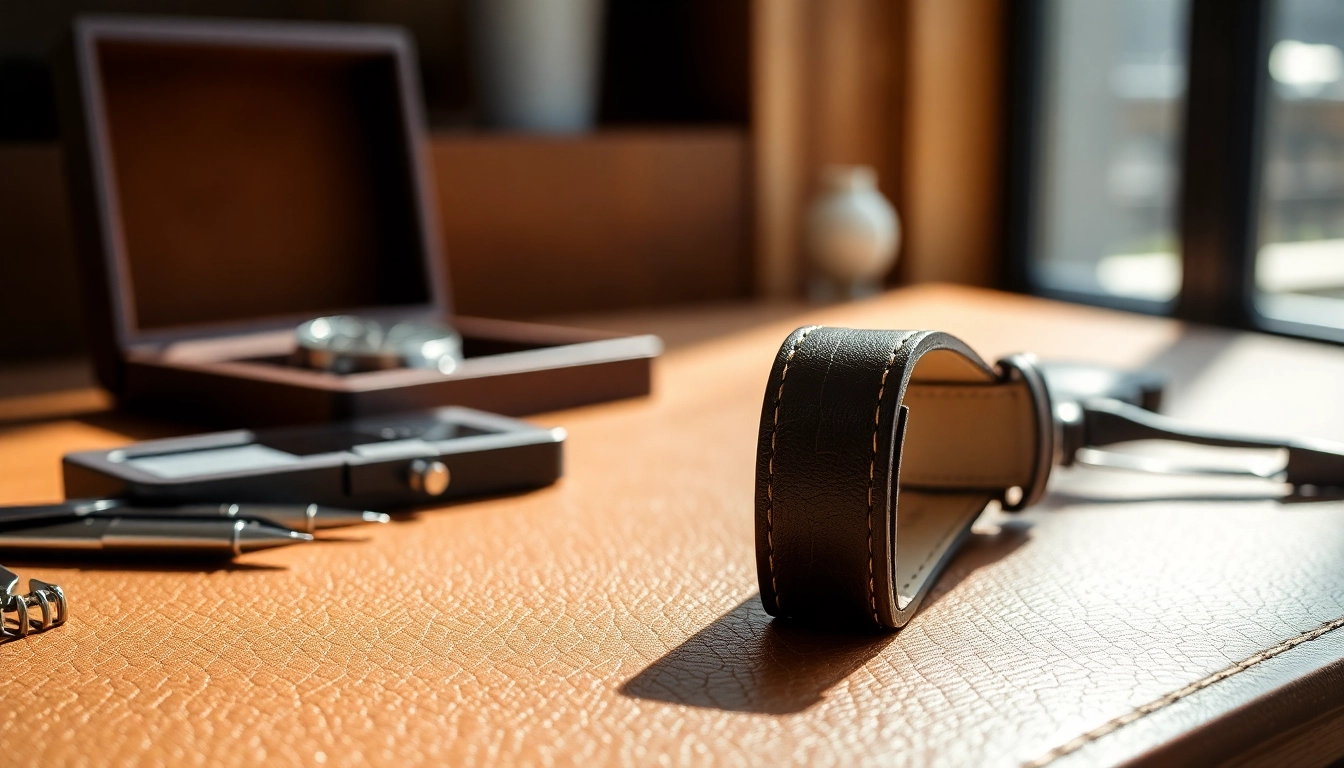Understanding the Importance of Welding Gloves
Welding is a complex and challenging process that combines heat and metal in a way that can be both rewarding and dangerous. One of the most crucial pieces of personal protective equipment (PPE) for a welder is welding gloves. They serve as the primary defense for your hands against burns, sparks, and other hazards that can result from welding activities.
Why Every Welder Needs Quality Gloves
Quality welding gloves do far more than just protect your hands; they enhance your ability to work efficiently. Good gloves provide the dexterity needed to handle welding tools and materials while simultaneously shielding your hands from extreme temperatures and contaminants. They also reduce the risk of injuries that could lead to costly downtime or medical expenses. Investing in high-quality gloves is essential for both safety and comfort during welding tasks.
Key Features to Look For in Welding Gloves
When selecting welding gloves, you should consider several key features:
- Material: Look for gloves made from durable materials such as leather or Kevlar to withstand heat and sparks.
- Fit: The gloves should fit snugly but not tightly, allowing freedom of movement while providing protection.
- Insulation: Gloves with added insulation can help protect against heat while still allowing for dexterity.
- Length: Longer gloves provide additional protection by covering more of the arm.
Common Materials Used in Welding Gloves
Welding gloves come in various materials, each offering different benefits:
- Leather: Cowhide, pigskin, and goatskin are popular for their heat resistance and durability.
- Kevlar: Often used in combination with leather, Kevlar offers extra cut resistance and strength.
- Aluminized fabrics: These reflect heat, making them suitable for high-temperature welding environments.
Types of Welding Gloves: A Breakdown
There are different types of welding gloves tailored for specific welding processes, and understanding their features is essential for selecting the right pair.
MIG Welding Gloves: What Makes Them Special?
MIG welding gloves are designed for the precision and dexterity required in Metal Inert Gas (MIG) welding. They typically feature:
- Thin leather: Which allows for better sensitivity when handling the welding torch and wire feed.
- Reinforced palms: For increased durability in areas that experience the most wear.
TIG Welding Gloves: Balance Between Dexterity and Protection
TIG welding requires even more dexterity than MIG welding, as the welder often has to use both hands for the torch and filler rod. Consequently, TIG gloves are made from lighter materials to provide maximum tactile feedback while still delivering adequate protection. Look for gloves with:
- Fine leather: Often goat or cowhide, which offers flexibility and sensitivity.
- Minimal insulation: To enhance touch sensitivity during work.
Stick Welding Gloves: Durability Meets Comfort
Stick welding or arc welding requires gloves that provide a perfect blend of durability and comfort. These gloves are typically made from more robust materials and designed to handle the intense sparks produced during welding. Key features include:
- Heavy-duty leather: For increased protection and longevity.
- Gauntlet cuffs: That extend up the forearm for enhanced protection against spatter and heat.
Top Brands for Welding Gloves in the Market
Choosing the right brand can significantly influence the quality and effectiveness of welding gloves. Here are some top brands that are renowned in the industry:
Comparing Features and Pricing
Brands like Miller, Black Stallion, and Tillman offer a variety of gloves to fit different budgets and needs. For instance:
- MillerWelds: Renowned for innovative designs focusing on comfort and durability.
- Black Stallion: Offers a wide range, from budget-friendly to premium gloves with advanced features.
- Tillman: Known for robust options suitable for heavy-duty tasks.
User Reviews: What to Trust?
When selecting welding gloves, user reviews can provide invaluable insights. Look for gloves with a high number of positive reviews highlighting their comfort, durability, and performance during actual welding tasks. Pay attention to comments regarding fit and effectiveness across various types of welding.
Brand Reliability and Warranty Information
Reliability and warranty are essential aspects of brand reputation. A reputable manufacturer typically offers warranties that cover defects in materials and workmanship, providing peace of mind with your purchase. Always check warranty policies before making a purchase.
How to Properly Care for Your Welding Gloves
Maintaining your welding gloves properly can prolong their lifespan and ensure they continue to offer the protection you need. Here are some essential care tips:
Cleaning and Maintenance Tips
Welding gloves should generally be spot cleaned with a damp cloth after every use. For deeper cleaning:
- Use mild soap and water to wash leather gloves, being careful not to soak them.
- Let them dry completely away from direct heat sources.
- Apply a leather conditioner periodically to maintain suppleness and water resistance.
How to Store Your Gloves
Proper storage is crucial for preserving the integrity of your welding gloves. Here are some tips:
- Store gloves in a cool, dry place away from direct sunlight.
- Do not fold or crush them; instead, store them in a way that maintains their shape.
Recognizing When to Replace Your Gloves
Even the best welding gloves can wear out over time. To ensure your safety, look for the following signs that indicate it’s time for a replacement:
- Visible wear and tear, such as holes or frayed seams.
- Loss of flexibility or snug fit.
- Inability to adequately protect against heat or sparks.
Frequently Asked Questions About Welding Gloves
Many common questions arise regarding the use of welding gloves. Here are some FAQs to clarify some key points:
Which gloves are the safest for welding work?
Safety is paramount in welding. Gloves made of high-quality leather, with reinforcement in high-wear areas, are generally safe. Look for gloves that meet industry safety standards for welding.
Can normal gloves be used for welding?
While some types of gloves can offer minimal protection, they often do not provide sufficient shielding from heat or sparks. It’s best to use gloves specifically designed for welding to ensure adequate protection.
How often should welding gloves be replaced?
The frequency of replacement depends on use and care. Inspect your gloves regularly, and consider replacing them every few months if they are used heavily. If you notice signs of wear sooner, it’s wise to replace them immediately.













Leave a Reply